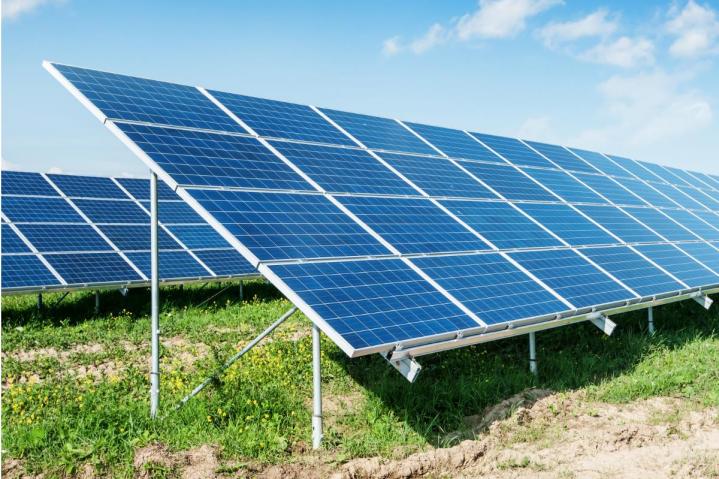
Solar panel technology has improved by leaps and bounds, but the technology has a flaw that limits the efficiency of the system. The panels must face the sun to operate, but the heat from this exposure diminishes their ability to convert light into energy. The hotter they get, the less efficient they become. This issue has perplexed the industry for years, but the Stanford team may have discovered a material that can help dissipate this excess heat without affecting the operation of the solar array.
The solution, proposed by Stanford electrical engineering professor Shanhui Fan, research associate Aaswath P. Raman, and doctoral candidate Linxiao Zhu, uses a material that is able to capture and emit thermal radiation (heat) away from the solar call. While deterring heat buildup, the thin, patterned silica material does not block sunlight, allowing the photons to enter the solar panel where they are converted to energy. It’s a win-win situation, allowing the free flow of sunlight and the removal of excess heat from the system.
The team originally developed the material in 2014 as a way to direct radiated infrared heat back to space without warming the atmosphere. The researchers then used the breakthrough material and applied it to solar cell technology, which was in dire need of a radiative cooling solution such as this.
Fan and his team tested the material using a solar absorber that absorbs sunlight like a solar panel, but does not use this light to generate energy. Initial tests suggest the material can lower the temperature of a solar cell by as much as 23 degrees Fahrenheit. This could improve solar cell efficiency by more than 1 percent, which would provide a noticeable gain in energy production.
The team has only tested a small amount of the material in their rooftop tests, but the researchers are confident the technology can scale to commercial and industrial levels using existing nanoprint lithography techniques. As interest in their technology grows, new techniques and new machinery will allow for less expensive and larger volume production of the silica material.
Editors' Recommendations
- Gorgeous image of Venus snapped by the Parker Solar Probe on its way past
- An ultra-thin graphene layer could help protect next-gen solar panels
- No more panels? A.I. helps create sprayable solar cells that can be painted on




